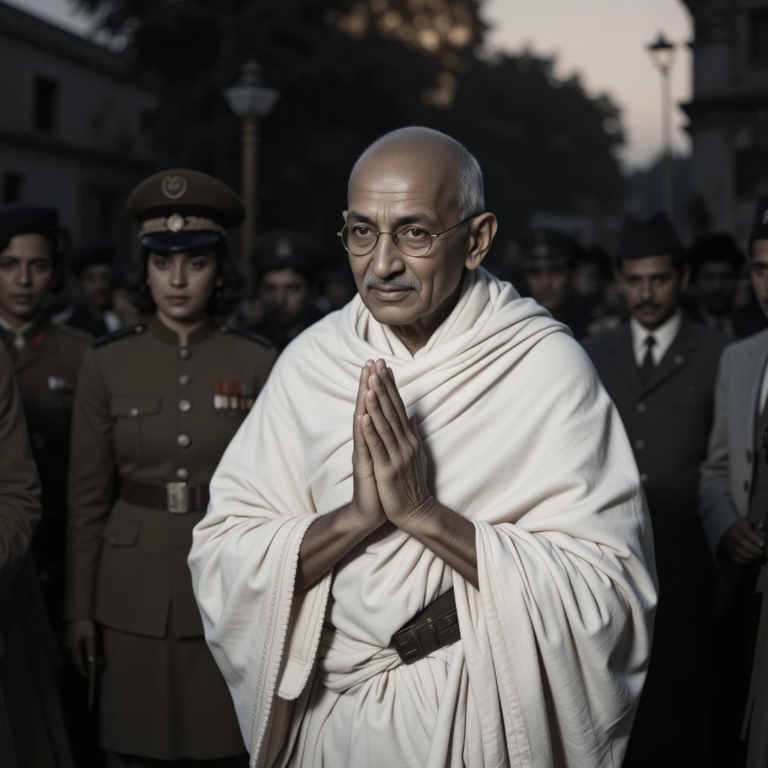The 1971 India-Pakistan War, which birthed Bangladesh, reshaped South Asia’s geopolitical landscape. While India backed the Bangladeshi liberation struggle, Pakistan suffered a crushing defeat. Central to this conflict was America’s role in 1971 War, a shameful episode of U.S. foreign policy marked by unwavering support for Pakistan, covert military aid, and a provocative naval deployment led by the USS Enterprise. As a natural ally of Pakistan, the U.S. not only fueled the conflict with weapons but also engaged in diplomatic and military bluffs to intimidate India. This article explores the negative dimensions of America’s involvement, exposing how its pro-Pakistan bias and posturing against India exacerbated the war’s humanitarian toll and regional tensions.
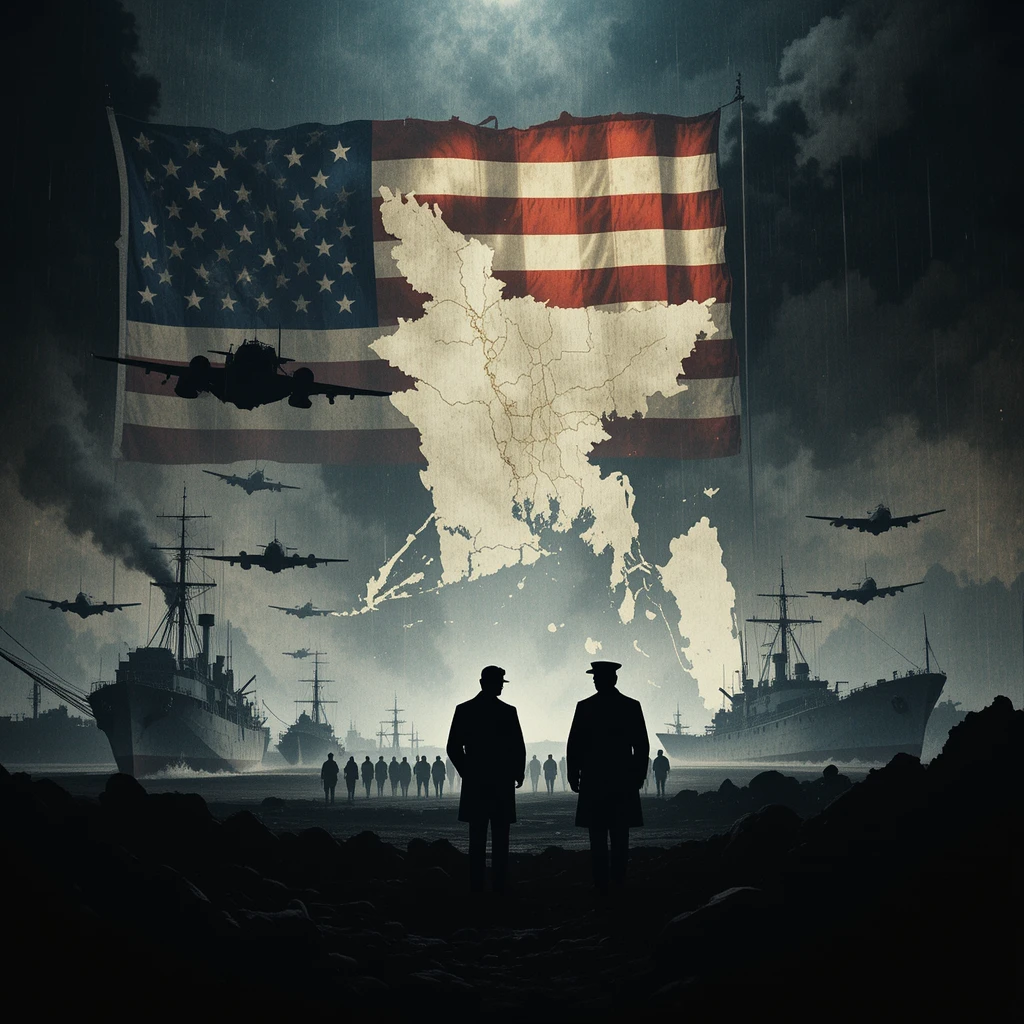
Table of Contents
America’s Role in 1971 War: A Cold War Conspiracy
The 1971 war unfolded during the Cold War, with the U.S. and Soviet Union locked in a global power struggle. America’s role in 1971 War was driven by its strategic alignment with Pakistan, a key ally in countering Soviet influence in South Asia. President Richard Nixon and National Security Advisor Henry Kissinger viewed Pakistan as indispensable, not only for its membership in the Central Treaty Organization (CENTO) and Southeast Asia Treaty Organization (SEATO) but also for its role in facilitating U.S.-China rapprochement. Pakistan’s President Yahya Khan enabled secret communications that paved the way for Nixon’s 1972 visit to China, solidifying the U.S.-Pakistan alliance.
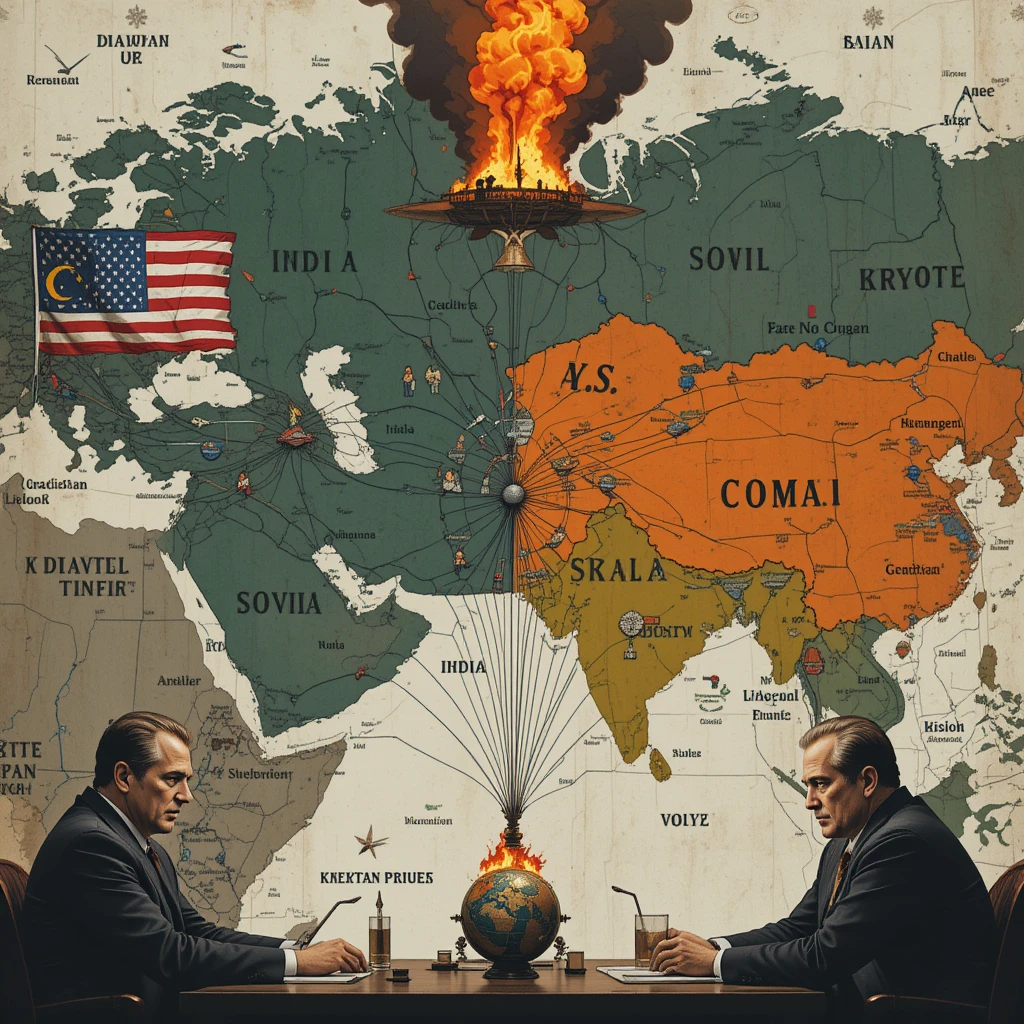
This alliance, however, came at a grave moral cost. The U.S. ignored Pakistan’s brutal Operation Searchlight in East Pakistan, which killed an estimated 300,000 to 3 million Bengalis and displaced 10 million refugees into India. Declassified documents reveal Nixon and Kissinger’s “tilt” toward Pakistan, prioritizing geopolitics over humanitarian concerns. America’s role in 1971 War thus became a symbol of Cold War cynicism, as the U.S. propped up a repressive regime while posturing against India to maintain regional influence.
Key Drivers of U.S. Policy
- Cold War Rivalry: The U.S. sought to counter Soviet-backed India, which signed a Treaty of Peace, Friendship, and Cooperation with Moscow in August 1971.
- China’s Strategic Value: Pakistan’s role as a conduit to China made it a linchpin of Nixon’s foreign policy.
- Anti-India Bias: Nixon’s personal dislike for Indian Prime Minister Indira Gandhi and his fear of India’s regional dominance fueled America’s pro-Pakistan stance.
U.S. as Pakistan’s Natural Ally: A Deep-Rooted Partnership
America’s role in 1971 War cannot be understood without recognizing the U.S. as Pakistan’s natural ally. Since Pakistan’s independence in 1947, the U.S. cultivated a strategic partnership to secure its interests in South Asia and the Middle East. By the 1950s, Pakistan had become a cornerstone of U.S. containment policy against communism, receiving billions in economic and military aid. This alliance deepened through mutual defense pacts, making Pakistan a reliable partner in America’s Cold War strategy.
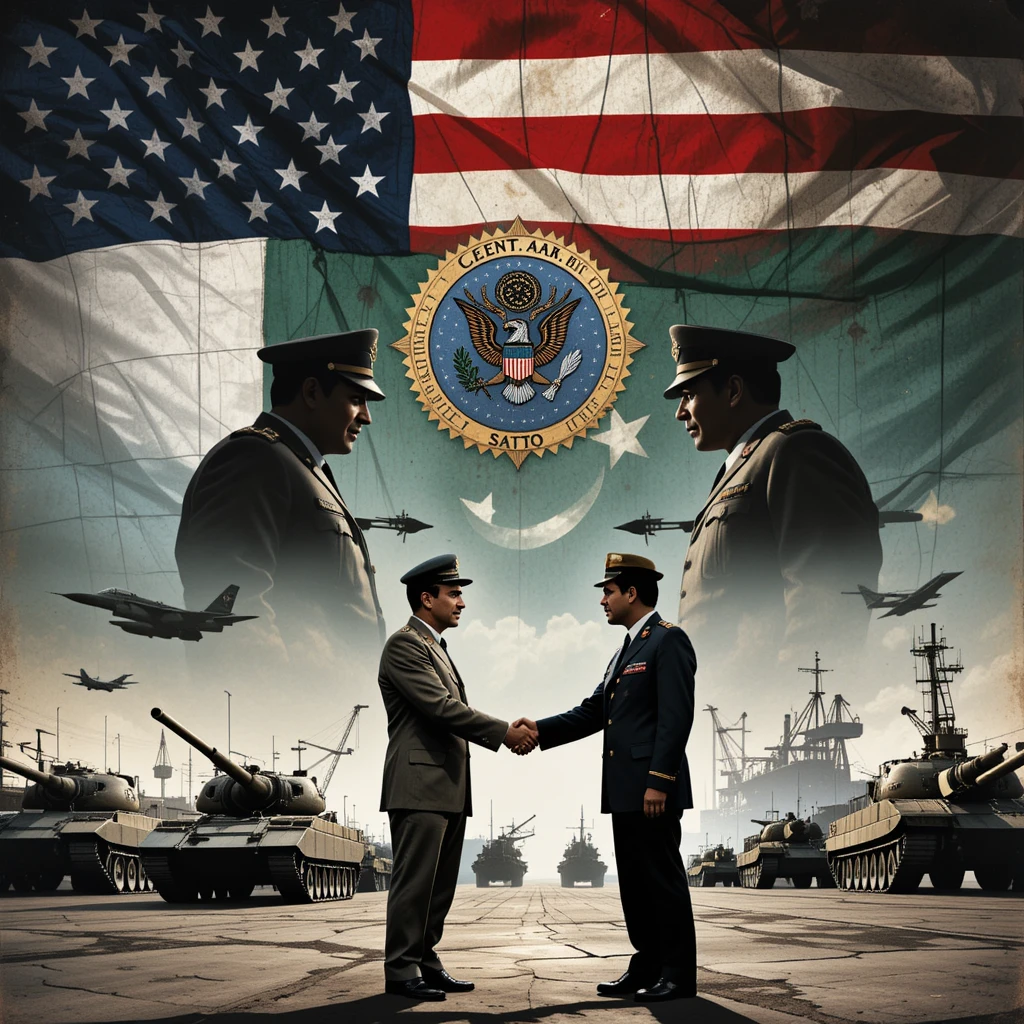
Historical Context of the Alliance
- Military Pacts: Pakistan joined CENTO (Central Treaty Organization) and SEATO(Southeast Asia Treaty Organization), aligning with U.S.-led anti-Soviet blocs and receiving advanced weaponry.
- Economic Aid: The U.S. provided grants and loans to bolster Pakistan’s economy, ensuring its loyalty.
- Diplomatic Support: The U.S. consistently backed Pakistan in international forums, including during its conflicts with India in 1947 and 1965.
In 1971, this alliance reached its zenith as Nixon leaned heavily on Pakistan to counter Soviet influence and secure the China channel. Yahya Khan’s regime, though militarily weakened, was seen as a loyal partner willing to advance U.S. interests. America’s role in 1971 War thus reflected its commitment to Pakistan, even at the expense of supporting a regime accused of genocide.
Why Pakistan Mattered
- Geopolitical Buffer: Pakistan’s location near the Soviet Union and the Persian Gulf made it a critical ally.
- China Connection: Pakistan’s facilitation of U.S.-China talks elevated its importance in Nixon’s global strategy.
- Military Dependence: Pakistan’s reliance on U.S. weapons ensured its alignment with Washington’s objectives.
U.S. Weapons Support to Pakistan: Arming a Brutal Campaign
A cornerstone of America’s role in 1971 War was its provision of military aid to Pakistan, despite an official arms embargo imposed in response to international pressure. The U.S. had equipped Pakistan’s military since the 1950s with advanced aircraft, tanks, and artillery. While the embargo was meant to halt arms transfers, covert shipments continued, enabling Pakistan to sustain its war efforts and prolong the humanitarian crisis in East Pakistan.
Weapons Supplied by the U.S.
- Fighter Aircraft: Pakistan’s air force operated U.S.-made F-86 Sabre jets and F-104 Starfighters, used in airstrikes against Indian forces and Bengali rebels.
- Tanks: M47 and M48 Patton tanks, supplied by the U.S., were deployed in ground operations in East and West Pakistan.
- Artillery: M114 155mm howitzers and other U.S.-origin artillery supported Pakistan’s military campaigns.
- Naval Vessels: U.S.-supplied destroyers, such as PNS Khaibar (sunk by India during Operation Trident), and patrol boats bolstered Pakistan’s navy.
- Small Arms: M16 rifles and other infantry weapons were used in the suppression of Bengali civilians.
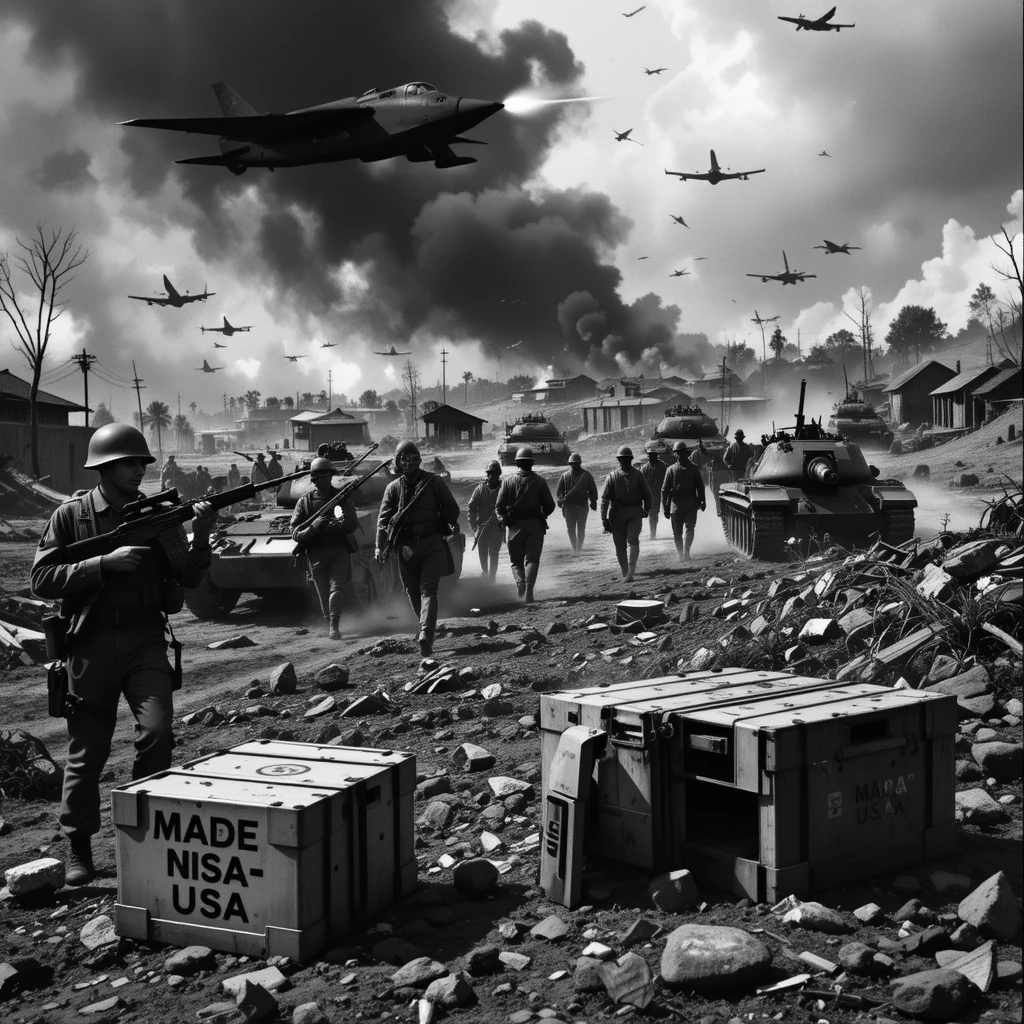
Covert Arms Channels The Nixon administration circumvented the embargo through third-party transfers. For example:
- MV Venus Challenger: This ship, sunk by the Indian Navy, was carrying U.S. ammunition from Saigon to Pakistan.
- Allied Transfers: Jordan and Iran, both U.S. allies, supplied Pakistan with American weapons, including F-5 aircraft and spare parts.
- Logistical Support: The U.S. facilitated the transfer of spare parts and maintenance equipment, ensuring Pakistan’s military remained operational.
Impact of U.S. Arms The consequences of America’s weapons support were catastrophic:
- Civilian Casualties: U.S.-supplied weapons were used in massacres and airstrikes in East Pakistan, contributing to the genocide.
- Prolonged Conflict: Covert aid delayed Pakistan’s surrender, extending the war’s duration and suffering.
- Global Condemnation: The U.S. faced criticism from human rights groups and neutral nations for arming a regime accused of atrocities.
America’s Role in 1971 War: Naval Intimidation and the USS Enterprise
The most dramatic manifestation of America’s role in 1971 War was the deployment of Task Force 74, led by the nuclear-powered aircraft carrier USS Enterprise, to the Bay of Bengal on December 10, 1971. This naval maneuver was a blatant attempt to intimidate India and signal U.S. support for Pakistan, its natural ally. However, it was largely a bluff, as the task force lacked the operational capacity to alter the war’s outcome and was countered by Soviet naval forces.
Composition of Task Force 74 Task Force 74 was a formidable fleet, including:
- USS Enterprise: The world’s largest aircraft carrier, carrying over 70 aircraft, including F-4 Phantoms and A-6 Intruders.
- USS Tripoli: An amphibious assault ship with 200 Marines and 25 helicopters.
- Destroyers: USS King, USS Decatur, USS Parsons (guided missile destroyers), and USS Bausell, USS Orleck, USS McKean, USS Richard B. Anderson (gun destroyers).
- Submarine: A nuclear attack submarine for anti-ship and anti-submarine warfare.
- Support Ships: USS Haleakala (ammunition) and USS White Plains (supply).
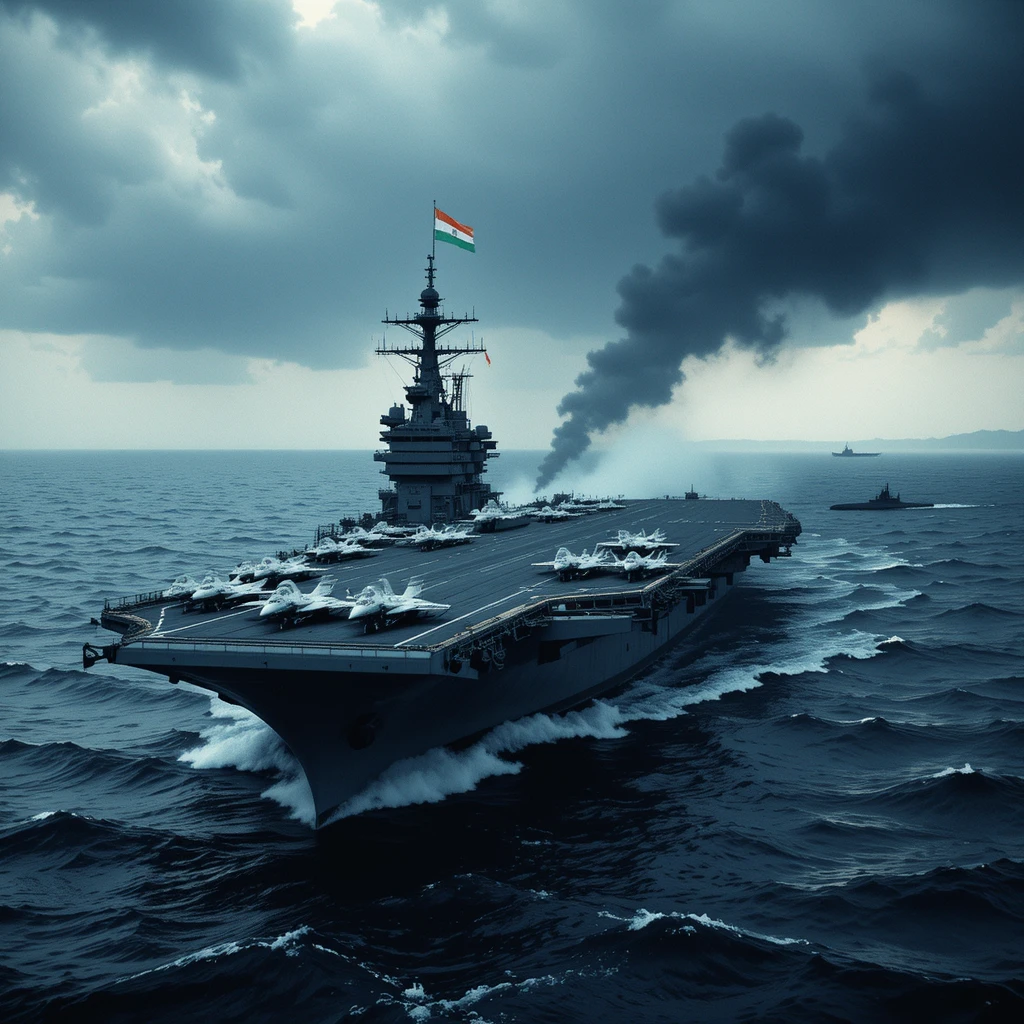
The task force sailed from the Tonkin Gulf, arriving in the Bay of Bengal on December 15, 1971, as Pakistan’s defeat loomed.
Objectives of the Deployment Nixon and Kissinger aimed to:
- Intimidate India: The U.S. feared India would invade West Pakistan after liberating East Pakistan, weakening a key ally.
- Bolster Pakistan: The task force signaled to Yahya Khan that the U.S. stood by its natural ally.
- Counter the Soviet Union: The deployment was a warning to Moscow, which supported India, to avoid escalating the conflict.
Soviet Counteraction The Soviet Union responded by deploying two naval groups, including cruisers, destroyers, and a nuclear-armed submarine, which shadowed Task Force 74 from December 18, 1971, to January 7, 1972. This Soviet presence neutralized the U.S. threat, exposing the deployment as a hollow gesture.
Indian Defiance India, under Indira Gandhi, dismissed the U.S. naval bluff. Indian naval commanders, aware of Soviet support and the task force’s limited operational range, continued their operations, including blockading East Pakistan and attacking Karachi. The Indo-Soviet Treaty ensured Soviet backing, rendering America’s role in 1971 War ineffective.
Consequences of the Naval Bluff
- Escalated Tensions: The deployment risked a U.S.-Soviet naval confrontation, raising the specter of a broader conflict.
- U.S. Embarrassment: The task force’s failure to influence the war exposed America’s limited leverage, damaging its prestige.
- Strengthened Indo-Soviet Ties: India’s reliance on Soviet support deepened its anti-U.S. stance.
Playing a Bluff with India: America’s Role in 1971 War
America’s role in 1971 War was characterized by a calculated bluff against India, leveraging diplomatic pressure and military posturing to deter Indian aggression while protecting Pakistan. Nixon and Kissinger believed that projecting strength—through the USS Enterprise and UN resolutions—would force India to halt its offensive. However, this strategy backfired, as India, backed by the Soviet Union, called the U.S. bluff and achieved its objectives.
Diplomatic Bluff at the UN The U.S. attempted to isolate India diplomatically by introducing a UN Security Council resolution calling for a ceasefire and mutual troop withdrawals. U.S. Ambassador George H.W. Bush accused India of aggression, ignoring Pakistan’s atrocities. However, Soviet vetoes blocked the resolution, and India’s military successes rendered it moot. The U.S. bluff failed to sway international opinion, which largely supported Bangladesh’s liberation.

Military Posturing as a Bluff The deployment of Task Force 74 was the centerpiece of America’s bluff. Nixon hoped the USS Enterprise’s presence would intimidate India into scaling back its operations. Yet, several factors exposed this as a hollow threat:
- Operational Constraints: The task force was too far from the conflict zone to intervene effectively.
- Soviet Presence: Soviet naval forces neutralized any potential U.S. action.
- Indian Resolve: India’s confidence in its military and Soviet backing rendered the U.S. threat irrelevant.
Why the Bluff Failed
- Miscalculation of Indian Strength: Nixon underestimated India’s military capabilities and determination.
- Soviet Support: The Indo-Soviet Treaty ensured India had a powerful ally to counter U.S. pressure.
- Moral Bankruptcy: The U.S. lost credibility by supporting Pakistan despite its genocidal actions.
The failed bluff highlighted America’s role in 1971 War as one of overreach and misjudgment, damaging its reputation while strengthening India’s position.
Humanitarian Betrayal: Ignoring Pakistan’s Atrocities
America’s role in 1971 War was further tarnished by its refusal to address the humanitarian crisis in East Pakistan. U.S. Consul General Archer Blood’s “Blood Telegram” warned of Pakistan’s systematic violence, including mass killings and sexual violence, yet Nixon and Kissinger dismissed these reports. By prioritizing its alliance with Pakistan, the U.S. enabled a genocide, drawing global condemnation.
Consequences of Inaction
- Refugee Crisis: The U.S. ignored the 10 million refugees flooding India, which justified India’s intervention.
- Moral Failure: Supporting Pakistan’s regime alienated human rights advocates and neutral nations.
- Distrust in India: The U.S.’s pro-Pakistan stance deepened India’s suspicion of American intentions.
Long-Term Fallout of America’s Role in 1971 War
America’s role in 1971 War had lasting negative consequences for U.S. foreign policy and South Asian dynamics.
Damaged U.S.-India Relations The U.S. bluff against India, coupled with its support for Pakistan, poisoned U.S.-India relations. India’s victory and Soviet backing established it as South Asia’s dominant power, but the USS Enterprise deployment left a legacy of mistrust. This delayed U.S.-India cooperation until the 21st century.
Strained U.S.-Pakistan Alliance Despite U.S. support, Pakistan’s defeat exposed the limits of American assistance. Pakistan’s subsequent nuclear ambitions, driven by its loss in 1971, created tensions with the U.S., undermining the alliance.
Regional Power Shift India’s triumph and Bangladesh’s creation weakened Pakistan, while Soviet support bolstered India’s regional dominance. America’s role in 1971 War diminished its influence in South Asia, as its failed bluff and moral compromises alienated key players.
Conclusion: A Legacy of Shame
America’s role in 1971 War stands as a low point in U.S. foreign policy, defined by its role as Pakistan’s natural ally and its failed bluff against India. By arming Pakistan, deploying the USS Enterprise, and ignoring a genocide, the U.S. exacerbated a humanitarian catastrophe and misjudged regional dynamics. Nixon’s pro-Pakistan tilt, driven by Cold War imperatives, backfired, strengthening India and exposing American overreach. The legacy of America’s role in 1971 War serves as a stark reminder of the dangers of prioritizing alliances over morality and the futility of military bluffs in the face of determined adversaries.
Sources:
- Declassified U.S. State Department documents (e.g., Foreign Relations of the United States, 1969–1976).
- Bass, Gary J., The Blood Telegram: Nixon, Kissinger, and a Forgotten Genocide.
- Raghavan, Srinath, 1971: A Global History of the Creation of Bangladesh.
- Indian Navy archives on Operation Trident and USS Enterprise deployment.
- UN Security Council records, 1971.


